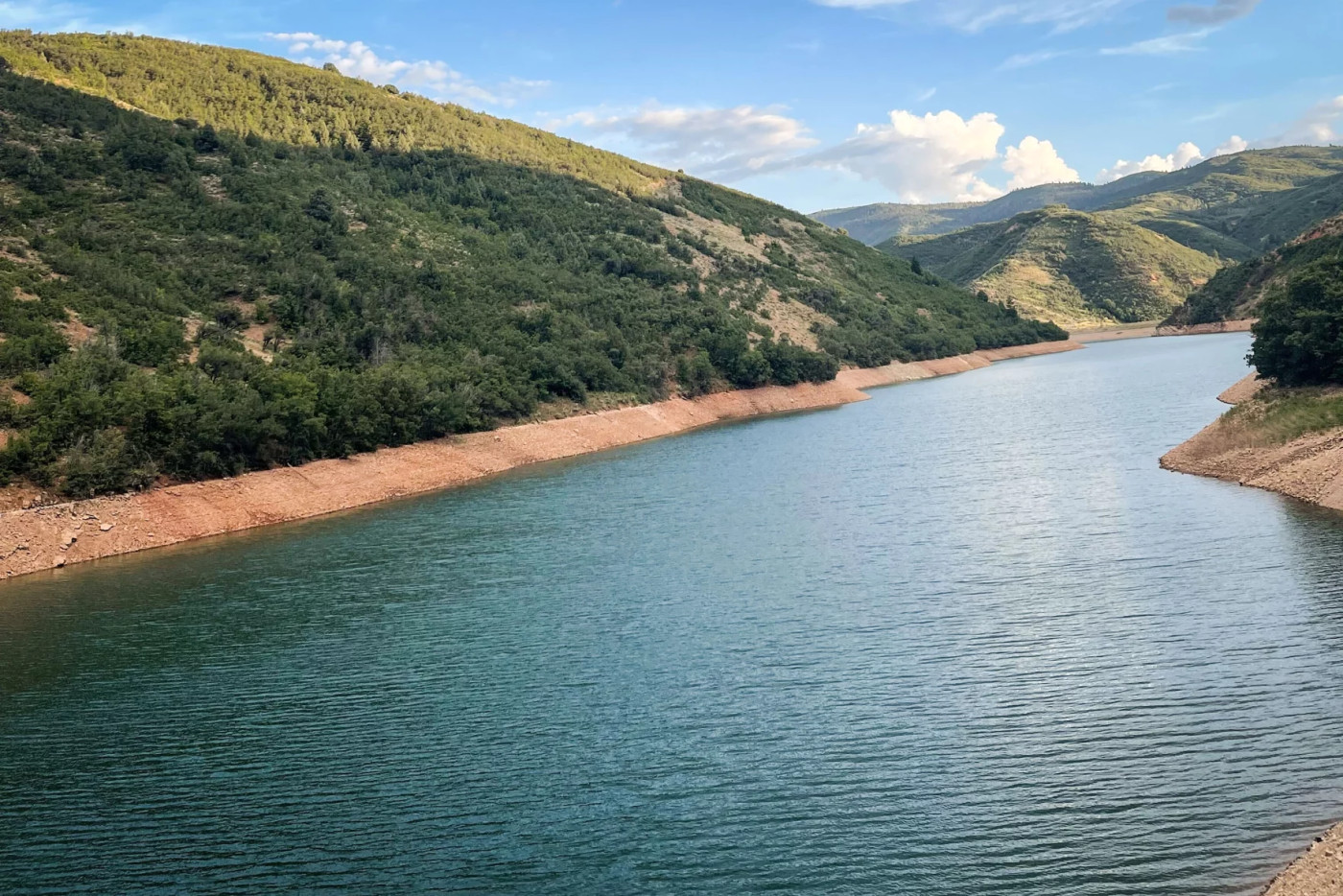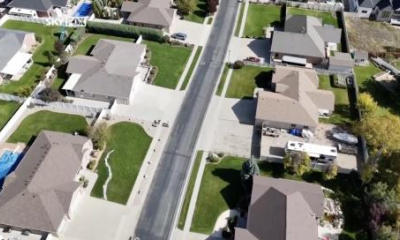As the Western megadrought stretches on, conservation, rate hikes or tearing out turf may not be enough. There’s still a thirsty population, anagricultural industry and the shrinkingGreat Salt Lake to save. Each need pushes storage demands tighter and tighter. If water dips to dire levels, some Utah rights holders may not be able to use their full allotment.
“We have multiple reservoirs that are empty, which leaves primary users grappling with enough water to go around,” said State Engineer Teresa Wilhelmsen during an Aug. 16 legislative interim hearing.
To figure out who can divert water and when they can do it during times of shortage, the Utah Division of Water Rights wants to create a more synchronized schedule, known as a distribution system.
University of Utah water law professor and attorney Emily Lewis said an organized statewide water distribution system is critical to knowing water levels, where streams reach, if water gets where it needs to go and what rights holders have priority when supply is low.
Think of it this way. Imagine you don't know how much money you get in your paycheck and you don't know how much you spend on rent and utilities. How do you know how much you can save for a rainy day? The answer is: you simply just don’t know.
According to the prior appropriation doctrine, people who obtained a water right first have dibs before anyone else who secured a right after them. The senior water rights holder can use all their allocation before the next person in line can use any. This is particularly important during droughts when there isn’t enough water to fulfill all the needs.
The trouble is that Utah is currently a patchwork of water systems, each with its own pecking order for rights. The state engineer pointed out that “some folks that may be senior on one system may not be senior when they're combined with the basin as a whole.”
The most recent example of where a distribution schedule is needed is the over-taxed Colorado River. The U.S. Bureau of Reclamation wants a 2 to 4 million acre-feet cut, and the basin states missed the mid-August deadline. While Utah was spared from cuts for the moment, it’s still a future possibility.
If Utah doesn’t streamline its monitoring system, Lewis said it’s going to be incredibly hard to accomplish changes like HB 33. The bill passed earlier this year altered Utah law to allow water rights holders to lease the water to another user or give it to natural lands, such as the Great Salt Lake. Previously, they would have lost their right for not using it.
“Every single person who wants to do in-stream flow for the Great Salt Lake, it's not going to happen until we have the distribution mechanisms to understand that that water is actually going to where we think it's going to go,” Lewis said. “We can't do water markets because we don't know if we can move water the way that we want it to move for financial transactions. We can't do things like split season leasing because we don't know where the water is going.”
A water market is where water rights holders can buy, sell, trade and lease water. Split season leasing is when another user can make use of a part of the right for a single growing season.
Currently, there are about 40 different distribution systems throughout the state that are monitored by individual water commissioners, according to Jared Manning, a deputy state engineer for the Utah Division of Water Rights.
Some bodies of water, like the Provo and Bear rivers, have a technology known as telemetry to monitor real-time water levels and flow rates. Manning said the data helps build accounting models that then help “the commissioner know how much water he needs to then allocate or portion out to each water user.”
Without it, water commissioners manually calculate the levels and flow. That isn’t the most efficient or transparent method, according to Manning. Instead of receiving once-a-year water reports, telemetry could provide daily accurate water data.
It is key to making HB 33 work the way it was intended.
With telemetry installed, it’s easy to lease a water right and know the water will go where it’s supposed to, Manning said. But it’s a lot harder to lease rights along the Weber River, for example, since it doesn't have constant monitoring in place.
And what if someone wanted to lease a water right where there’s no water commissioner and no one is actively regulating the water? Manning said that would be something they would have to figure out on a case-by-case basis. Not an optimal solution.
“We would like to get at least all the systems that we regulate on telemetry,” Manning said.





